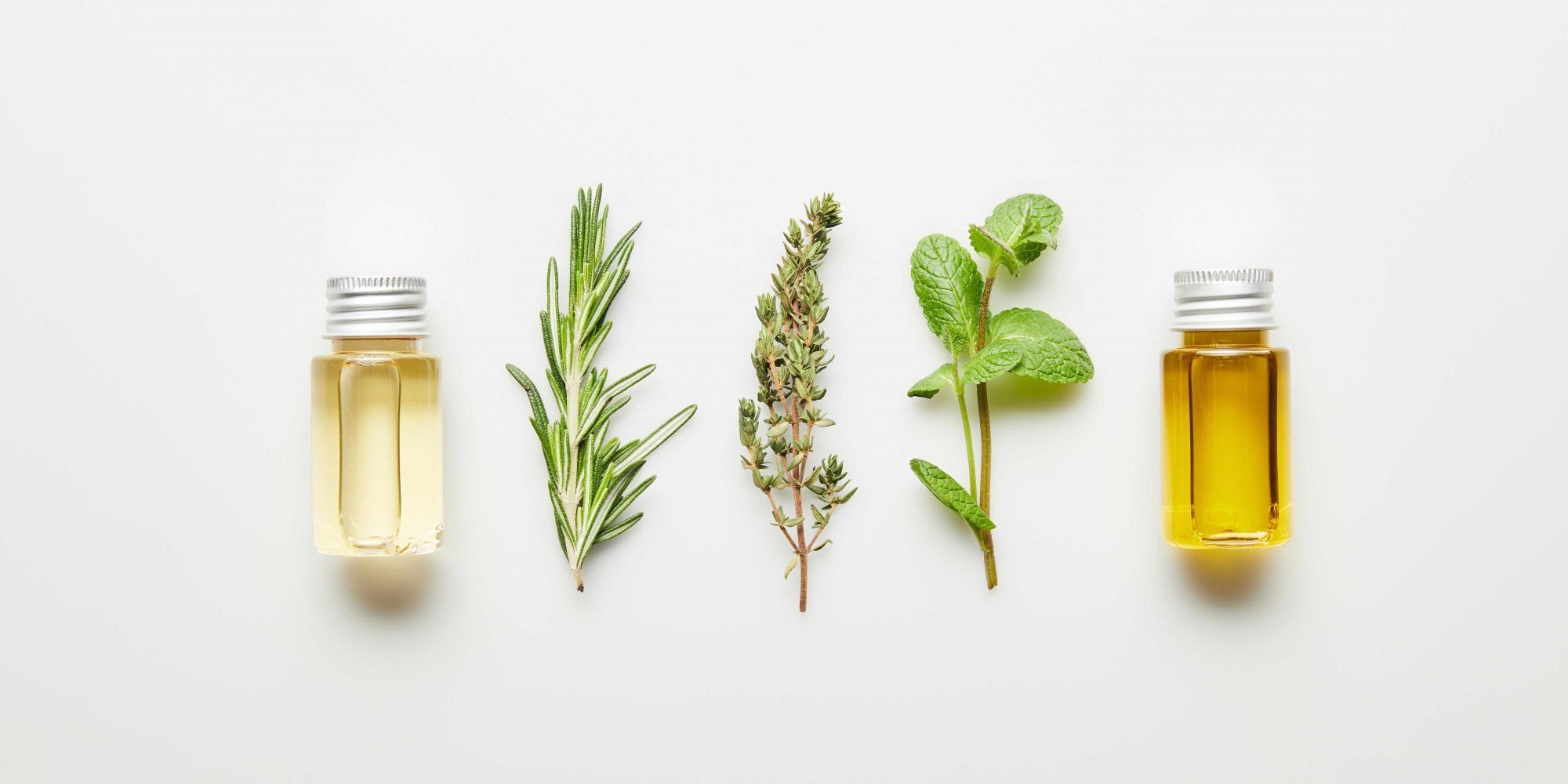
At Design Plus we update our partners and customers on a quarterly basis on trending ingredients and innovation within the health and beauty industry. Having used tools such as Mintel and WGSN, we’re able to report on key trends that have affected health, beauty and personal care throughout the pandemic. Our expert team have compiled the latest reports and trends so we can help you with your new product launches and development.
Skin Care
Throughout the pandemic, consumers have had more time to focus on their skin and self-care to establish what’s suitable for them, resulting in an increase of people searching for certain ingredients in their products. Consumer knowledge and awareness has significantly increased resulting in four key ingredients taking the market by storm: Vitamin C, Hyaluronic Acid, Retinol and Glycolic Acid.
Key ingredients within beauty products could be the deciding factor of whether somebody purchases a product over a competitor. Therefore, it’s important to consider the benefits of these ingredients and how you could incorporate these in to your NPD.
Vitamin C

The main benefit of Vitamin C is its anti-ageing properties, as it helps your body to repair damaged skin cells. Not only does it smooth fine lines, but it also promotes collagen production providing that youthful, plumped skin look!
It comes in the form of serums, moisturisers and creams. The main difference between them is the texture. Serums tend to be thinner to penetrate the skin to target areas of concern such as inflammation whereas moisturiser is primarily for hydration. At Design Plus we can incorporate vitamin C and multivitamin complex in to our skincare NPD dependent on your brief and requirements.
Retinol
Retinol is similar to Vitamin C in terms of what it can do for your customers skin. Alongside its anti-ageing properties, it can also help even skin tone and clear acne.
Different strengths are available, so it’s important to introduce to the skin at a low level and build up tolerance. It is believed cell turnover stops after 3 months, so this is the perfect excuse to give the skin a much-needed break when using retinol-based products. Try to incorporate this into your products in different formats, whether it’s a facial mask or lightweight serum.
Hyaluronic Acid
Hyaluronic acid has the popular skin hydration and healing properties that are at the top of everyone’s list when searching for the next best skin care product. If you want to improve your brand’s products so that they give your customers serious moisture, a product including hyaluronic acid is the one to go for!
The global hyaluronic acid market is projected to grow at a compound annual growth rate of 9.8% during the period 2020 – 2025, driven by the increased desire for people to slow down the aging process as much as possible. The pandemic is believe to have seriously contributed to this figure with more and more consumers concerned with ageing.
Typically, it comes in the form of a serum, which can be used in the morning or the evening, so the skin is set for the day and replenished at night. Hyaluronic acid is one of our most requested raw materials when working on NPD.
Glycolic Acid
It’s clear that wanting to look youthful and glowing is a common theme based on what key ingredients consumers have been searching for, and glycolic acid isn’t any different. This exfoliating AHA (alpha hydroxy acid) helps remove the surface of old skin, which can reduce scarring and simultaneously offer a brightening effect leaving behind a smooth and healthy complexion.
As it is a chemical exfoliate, it’s recommended to introduce the skin to the product, using it only one to three times a week. This helps reduce the risk of any burns or hyperpigmentation and is super important to include on any marketing and labels on pack.
Scalp Care
In the last year, Cult Beauty reported that there was a 330% rise in sales of scalp scrubs and treatments throughout 2020, which is predicted to continue growing.

Sadly, due to events over the past year, there has been an increase in people who suffer from hair loss worldwide. This has resulted in a higher demand for products to help combat scalp and hair care at home.
As a consequence of the pandemic, hair and beauty salons had to close, leaving people maintaining their locks themselves. Consumers have realised this is more cost effective and can visit the salon less often, whilst it also provides a huge opportunity for brands to play in this space.
UK beauty retailer Space NK reported a 196% growth in its scalp care category over the past 12 months - it seems scalp scrubs are set to be a future hit!
Male Beauty
In recent months, more and more males have openly spoke about their experiences with makeup and skincare and are trying to remove the stereotype that skincare and makeup it is only for women. Due to the increased awareness on personal hygiene and grooming, experts predict that men's beauty is going to be the next multibillion-pound industry.
Incorporating a good skincare routine into an already set shaving routine seems like a no brainer. Exfoliating the outer skin layers helps produce a youthful appearance but it is important to be careful so the skin doesn’t become irritated which can lead to ingrown hairs.
On average, men’s skin has been proven to be up to 25% thicker and produces more oil, so they require stronger products. They also tend to be more interested in the product itself than drawn to the packaging. So getting the ingredients right is key! Brands should take note when playing in the mens health and personal care space.

Sustainability & Refillables
In the current climate, sustainability is at the forefront of many people’s minds when purchasing new beauty products. This affects anything from the natural ingredients to the packaging and how they’re made.
The concept of refillables is becoming increasingly popular as it benefits the consumer and the producer. Not only do they use less plastic, but the refill pouches also take up less space, which in turn requires less lorries. This is both cost effective and better for the environment.
Major brand L’Occitane launched their first eco-refill pouches back in 2008, and it seems consumers love it, as they are aiming to offer 25 eco-refills by 2022 according to Glamour. Other brands are following suit, recently Birchbox launched refillable beauty brand Re.fil in June 2021.

Summary
- Consider what you want to get from your beauty products.
- Explore different formulations depending on what you are wanting to achieve.
- 4 key ingredients emerging in beauty products: Vitamin C, Hyaluronic Acid, Retinol and Glycolic Acid.
- Male beauty and skincare is on the rise.
- Sustainability is set to be a main focus for future beauty trends.
Sample requests
For more information or to request any samples, please contact sales@designplusuk.com or your dedicated account manager.


